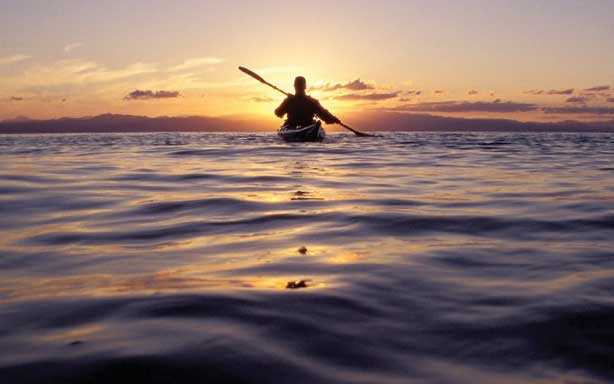The title of this article sounds like a newspaper headline that ends with bad news. However, this article will be focused on ways to keep from tipping your canoe, ways to be more effective as an angler in a canoe and a few etiquette suggestions.
Let’s talk about before you go out on the water. When you tie down your canoe for transport, use two separate tie downs, two for the front and two for the back of the canoe. If one breaks, the other will hold (It has happened to me). To reduce the noise associated with putting a paddle or rod down, buy some soft-foam pipe insulation and cover the thwarts. I suggest having two paddles. A small 3-foot paddle to use for one-hand steering, and a big one for distance movement. If you fish alone in a canoe, put a 5-gallon bucket in the front of the canoe to counterbalance your weight. It can be used to carry gear to the launch and then filled with water at departure from the dock.
If you fish with a friend, talk about the situation before you go out. Establish some safety and courtesy rules. For example: Don’t stand up without announcing what you are doing. When casting, don’t cast into the other fisherman’s “zone.” The person in the bow needs to cast well ahead of the canoe. Before their line gets even with them, they should pick up and cast again. The farther ahead of the canoe the front man’s cast is, the happier the rear paddler. Remember, the guy in the back can put you way out of casting position if you treat him poorly. Sit with the crack of your buttocks in line with the center of the canoe. If you don’t, by the end of the day you will both have a lower backache. And remember, when you move from back to front to get out, keep a hand on each gunnel and stay low. If you get to a trouble spot in moving water, get down to the bottom of the canoe on your knees to lower your center of gravity and maybe even say a prayer. Most spills are taken when people “lean” into a turn. This is not a bike; keep your chest centered, and don’t reach out to the side.
The way to maximize your paddling stroke is to lean forward at the waist and plant the paddle deep. Use the whole blade. Then, as you lean back, pull with your back, not your arms. As the paddle gets to your side, pivot your body to continue the stroke. It’s not until the end of the stroke that you use your arms, and that is to put the last touch of a jay stroke etc. on the blade for steering.
When you come to moving water, back paddle to steer the canoe. By back paddling on either side, you will slow the canoe and be able to turn it much easier. Bad things can happen at high speeds around the rock.
Turn your upper body (pivot), and don’t rock back and forth when you cast. And one more thing that is fun to watch—until someone gets hurt—when the person in the bow steps out of the canoe and transfers his weight to that foot, the canoe will rise up about 12 inches. When the second foot is exiting, it will need to be higher than then expected. It is hard to suppress a laugh when your buddy is face-down on the ground after being tripped up. So look sympathetic until they announce they are OK, then it is okay to smile.
Be safe, be smart, and go fish – Rene
